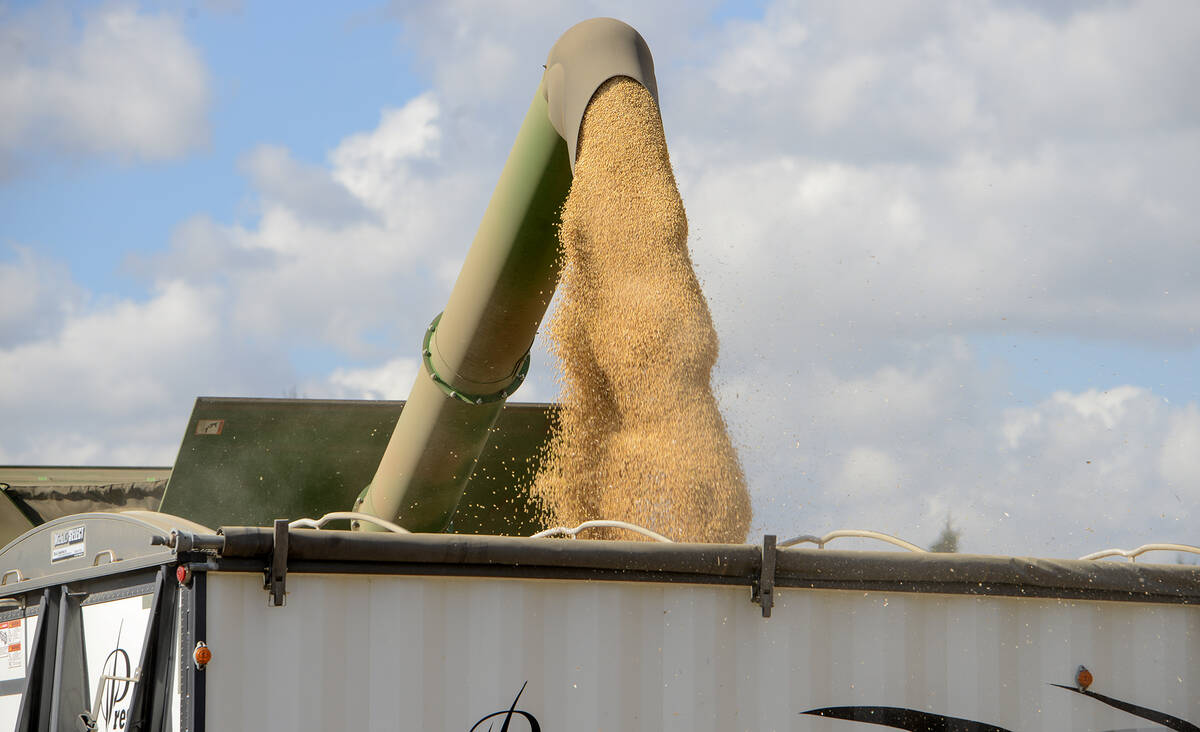Canola’s rally on the ICE Futures market over the past two months seems to have hit a snag.
The July contract failed to spend much time above the $720 per tonne mark during the week ended May 22. Despite hitting a contract high of $735.40 on May 14, it only surpassed $720 on May 20 and 21 since. Meanwhile, new crop contracts hit resistance at the $700 level. Still, the July and November contracts have remained above their 20-day moving averages since April 1.
While some analysts believe the July contract will keep rising higher as long as there’s demand for already-depleted old crop canola, there are reasons to think that canola’s rally could be coming to an end.
Read Also

Grain markets hungry for U.S. data
The U.S. government shutdown meant that futures markets were left without robust grain supply information
More than half of the acres across the Prairies are already seeded thanks to drier conditions and warmer temperatures earlier this month. In Saskatchewan as of May 19, 72 per cent of total acres were seeded, 12 points ahead of the average pace. In Manitoba, seeding was 57 per cent complete as of May 21 (12 points above average) and Alberta was 47 per cent planted (21 points above average) as of May 13.
While canola was 58, 30 and 24 per cent planted in those provinces, respectively, early seeding could mean higher yields. That is, if the weather co-operates.
In the U.S., the future of the oilseed, and possibly all biofuels, in that country depends on what happens to the 45Z Clean Fuel Production Credit. It was included in the “One Big Beautiful Bill” act that narrowly passed in the House of Representatives on May 22. Under recently implemented new rules, canola again qualifies for the credit.
However, the bill, which would add trillions of dollars to the U.S. debt, is still subject to change before it’s voted on in the Senate. Add in an unpredictable administration that’s reluctant towards biofuels to say the least, canola producers shouldn’t celebrate just yet.
Severe flooding near Buenos Aires and Argentina’s decision to raise its export tax for soybeans and soy products starting in June haven’t caused significant price movement, but it’s too early to say how many soybean acres were damaged.
With shrinking old crop supplies, canola will see a measure of price rationing, but how much further can the oilseed’s price increase?
















